We often celebrate cities for their cultural landmarks, cuisine, or natural beauty. Still, some urban centers deserve recognition for their innovative infrastructure—the bridges, transit systems, water management, and public spaces that form the functional backbone of city life. These engineering achievements transform functional necessities into attractions worthy of admiration.
Here is a list of 20 cities where infrastructure takes center stage, becoming as memorable as any museum or monument.
Singapore

This island city-state transformed from a water-stressed nation to a global hydro-engineering leader through its comprehensive water management system. The expansive network includes massive retention ponds disguised as recreational parks, green roofs that capture rainfall, and the NEWater treatment facilities that purify wastewater to drinking standards.
Most impressive is the Marina Barrage, a dam creating a freshwater reservoir in the heart of downtown while doubling as flood protection and public recreation space.
Tokyo
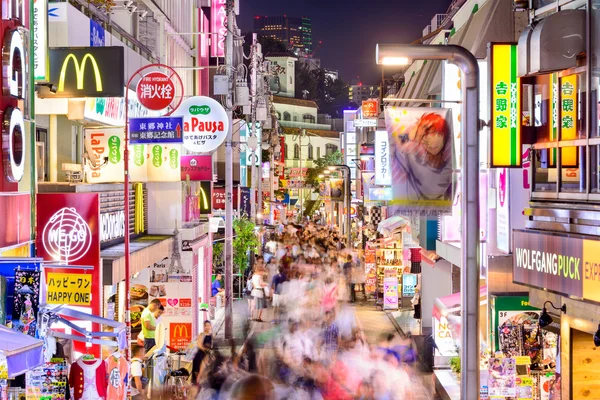
The world’s most extensive urban rail network moves an astonishing 40 million passengers daily with famous punctuality—average delays are measured in seconds rather than minutes. Beyond its efficiency, the system features architectural marvels like Shinjuku Station’s soaring glass roofs and the new Yamanote Line trains with information displays that adjust content based on time of day.
The city’s remarkable underground flood control system, including the massive Metropolitan Area Outer Underground Discharge Channel with cathedral-like concrete pillars, remains largely invisible but protects millions from typhoon flooding.
Like Travel Pug’s content? Follow us on MSN.
Copenhagen

This Danish capital reinvented itself around cycling infrastructure, creating a network where over 60% of residents commute by bicycle year-round. The city’s dedicated cycle tracks—elevated slightly above road level but below pedestrian sidewalks—feature their traffic signals, snow clearing priorities, and air pumps at regular intervals.
The harbor transformation includes swimming areas with water quality monitoring displays and innovative residential developments like Ørestad, where stormwater management shapes public spaces rather than hiding underground.
Medellín, Colombia

Once among the world’s most dangerous cities, Medellín revolutionized urban mobility by connecting informal hillside settlements to the city center through an integrated cable car system. These aerial tramways reduced commute times from hours to minutes for residents of previously isolated neighborhoods.
The transformation continues with escalators climbing steep hillsides, library parks bringing educational infrastructure to underserved communities, and the Circumvent Garden, a 46-mile green belt limiting unplanned expansion while providing recreational space.
Masdar City, UAE
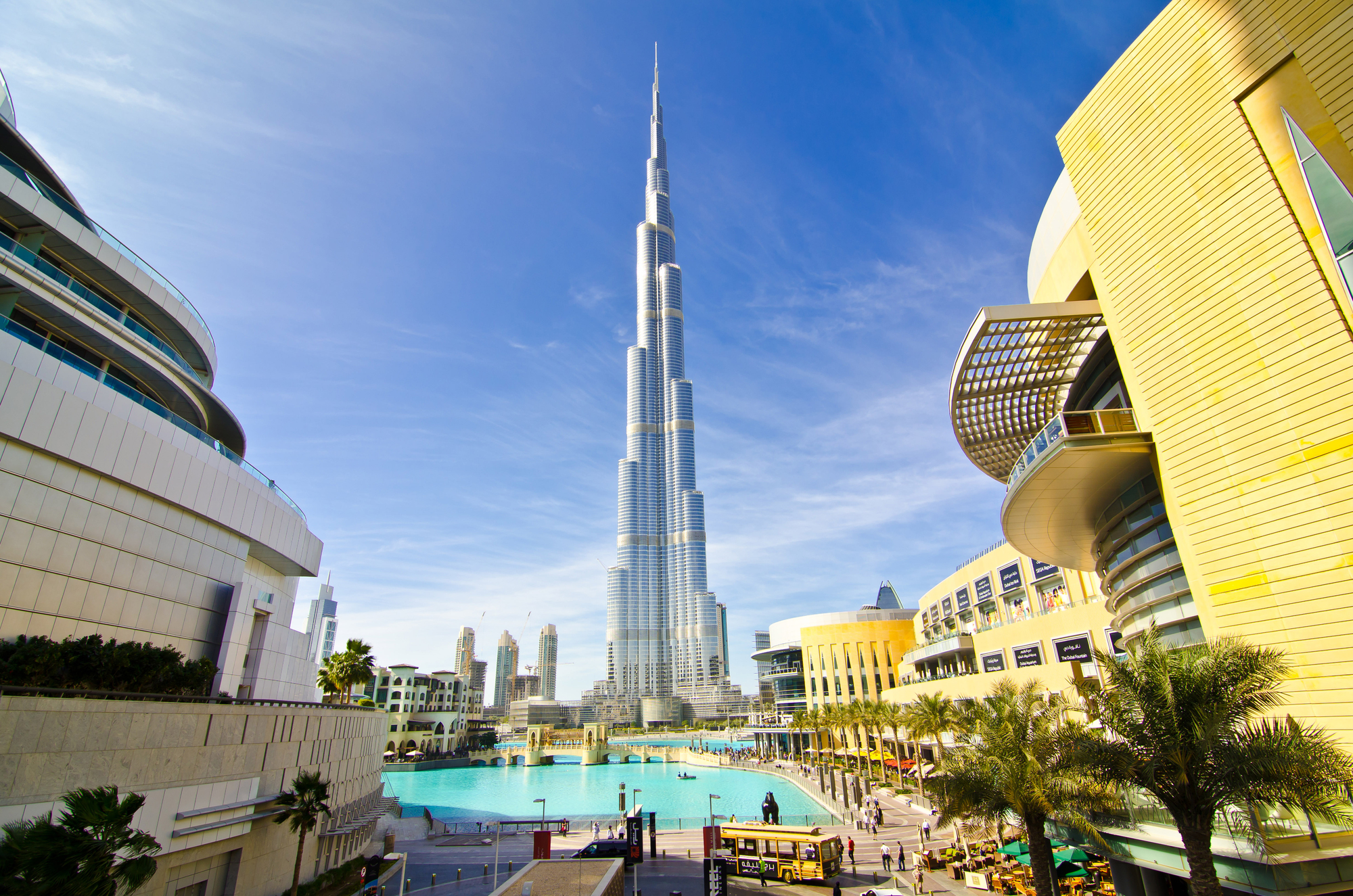
This planned development outside Abu Dhabi represents one of the most ambitious sustainable infrastructure experiments globally. The car-free design features narrow streets oriented to capture prevailing winds while providing shade throughout the day.
A network of underground tunnels houses personal rapid transit pods that navigate autonomously between destinations. The city’s massive solar installations power desalination plants and cooling systems, while sensors continuously monitor and adjust energy usage across all buildings and public spaces.
Like Travel Pug’s content? Follow us on MSN.
Stockholm

The Swedish capital converted its central heating infrastructure into a public attraction through creative design approaches. The Hammarby plant features massive painted storage tanks visible across the city, while the newer Värtaverket facility incorporates sloping public walkways, climbing walls, and viewing platforms into its industrial structure.
Underground, the city’s subway system functions as the ‘world’s longest art gallery,’ with each station uniquely designed by different artists. This transforms daily commutes into cultural experiences through dramatic cave-like platforms and colorful ceiling installations.
Boston

This historic American city pulled off the largest urban highway burial project in history with its famous ‘Big Dig.’ The massive undertaking replaced an elevated highway with underground tunnels, creating 300 acres of new green space, including the Rose Kennedy Greenway.
The city’s adaptation to rising sea levels includes cleverly designed waterfront parks that absorb storm surges, floating buildings in flood-prone areas, and the award-winning Deer Island wastewater treatment plant that processes 350 million gallons daily while providing public recreational trails with harbor views.
Curitiba, Brazil
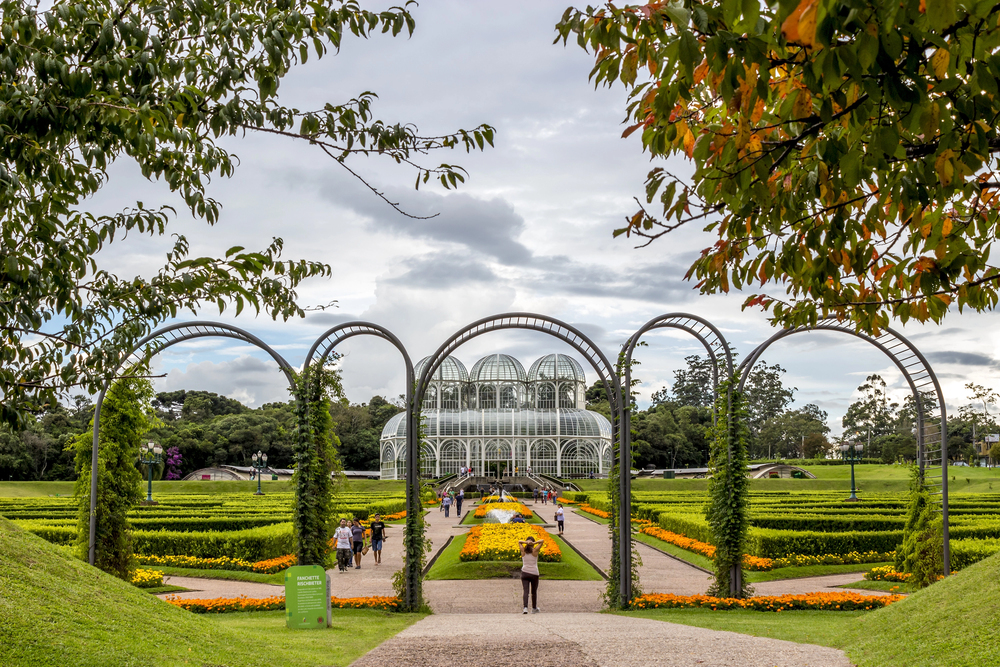
This city pioneered dedicated bus rapid transit corridors that function with subway-like efficiency at a fraction of the cost. The system features pre-boarding payment, level platform boarding, and triple-length articulated buses with dedicated lanes, moving 2 million passengers daily.
Beyond transportation, the city converted flood-prone areas into a chain of parks connected by bike paths, implemented an innovative garbage exchange program where recyclables can be traded for fresh produce, and created the ‘Lighthouse of Knowledge’ mini-libraries combined with security posts throughout the city.
Like Travel Pug’s content? Follow us on MSN.
Amsterdam
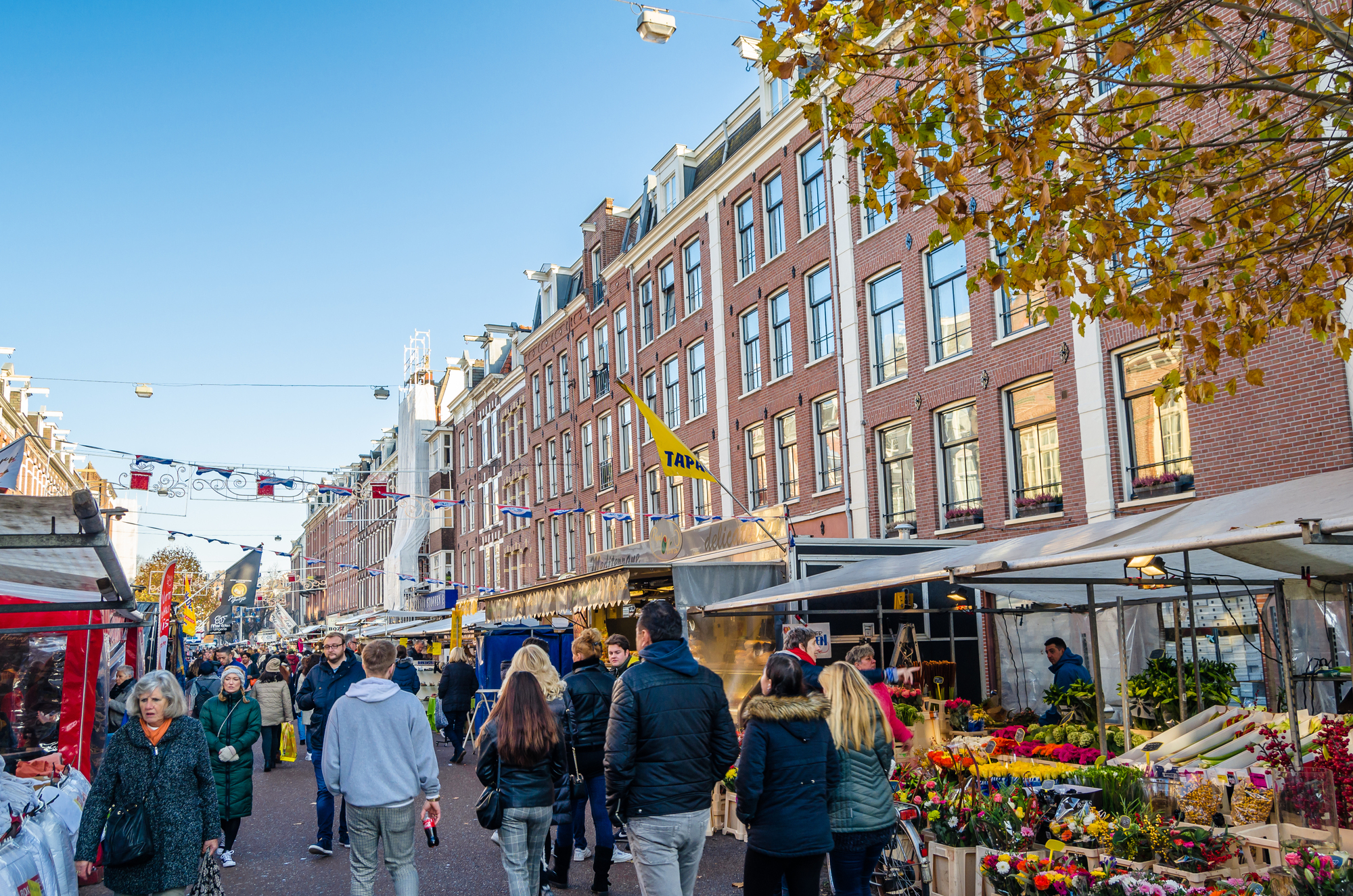
Centuries of water management expertise have made this Dutch city a model for living harmoniously with water. Beyond its famous canals, Amsterdam’s newer developments, like IJburg, feature floating homes that rise and fall with water levels, connected by floating walkways with flexible utility connections.
The city’s bicycle infrastructure includes massive underground parking facilities at Central Station, dedicated bicycle highways for longer commutes, and traffic signals that automatically adjust timing during rainy weather to prioritize cyclists.
Barcelona

The distinctive octagonal city blocks designed by Ildefons Cerdà in the 19th century created an urban grid that balances building density with interior courtyards and corner cutaways that maximize street visibility. Modern additions include the city’s pneumatic waste collection system with sidewalk inlets connected to underground vacuum tubes, eliminating garbage trucks from narrow streets.
The innovative ‘@22’ district transformed industrial land into a technology hub with an underground utility tunnel system, allowing infrastructure maintenance without street disruption.
Songdo, South Korea
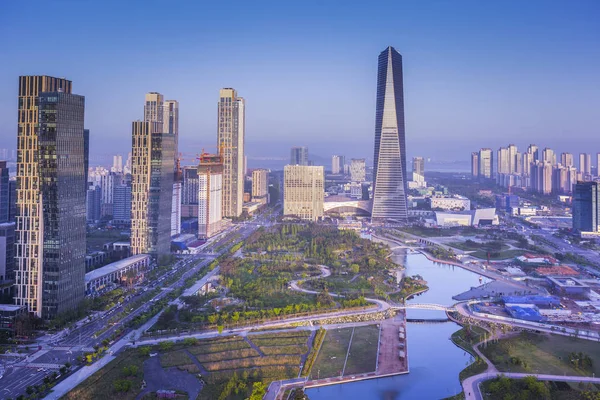
Built entirely on reclaimed land near Incheon Airport, this planned city incorporates infrastructure innovations at every level. An underground pneumatic waste disposal system eliminates traditional garbage collection, while all buildings connect to a central monitoring system, optimizing energy usage.
The city’s extensive water recycling system treats greywater for irrigation and toilet flushing, saving millions of gallons annually. Perhaps most distinctive is the city’s Central Park, designed with vegetation and landforms from every continent, creating a living ecological showcase.
Like Travel Pug’s content? Follow us on MSN.
Seattle

The Emerald City’s adaptation to challenging topography produced remarkable infrastructure solutions. The century-old Ballard Locks remain engineering marvels, maintaining water levels between freshwater lakes and the saltwater Puget Sound while including fish ladders for salmon migration.
The more recent SR 99 tunnel features advanced ventilation systems and earthquake-resistant design, while the city’s pioneering green stormwater infrastructure includes roadside rain gardens and permeable pavements that clean polluted runoff before it reaches waterways.
Fes, Morocco

This ancient city contains the world’s oldest continuously operating water clock, still functioning after 800 years through ingenious hydraulic engineering. The medina features a gravity-fed water distribution system dating to medieval times, with public fountains at carefully calculated intervals.
Most impressive is the Chouara Tannery, with its stone vessels arranged in geometric patterns. It uses a water recycling system designed centuries before modern plumbing, demonstrating how even ancient infrastructure can become iconic when thoughtfully designed.
Hong Kong

This densely populated city maximizes limited space through three-dimensional infrastructure planning. The Central-Mid-Levels Escalator, the world’s longest outdoor covered escalator system, transports commuters uphill through multiple neighborhoods while stimulating economic development along its path.
The city’s integrated Octopus card payment system pioneered contactless transit payment decades before other cities. Perhaps most remarkable is the pedestrian network of elevated walkways connecting buildings above street level, creating an entirely separate circulation system free from vehicle traffic.
Like Travel Pug’s content? Follow us on MSN.
Oslo

The Norwegian capital’s Bjørvika Tunnel runs beneath the harbor, connecting previously separated districts. Its curved path creates an artificial peninsula extending the downtown waterfront.
The city’s waste-to-energy plant processes 400,000 tons of waste annually while featuring ski slopes on its exterior that operate year-round. Most ambitious is the car-free city center initiative, replacing parking spaces with bike lanes, pocket parks, and outdoor seating areas, fundamentally rethinking how urban space should be allocated.
Zürich
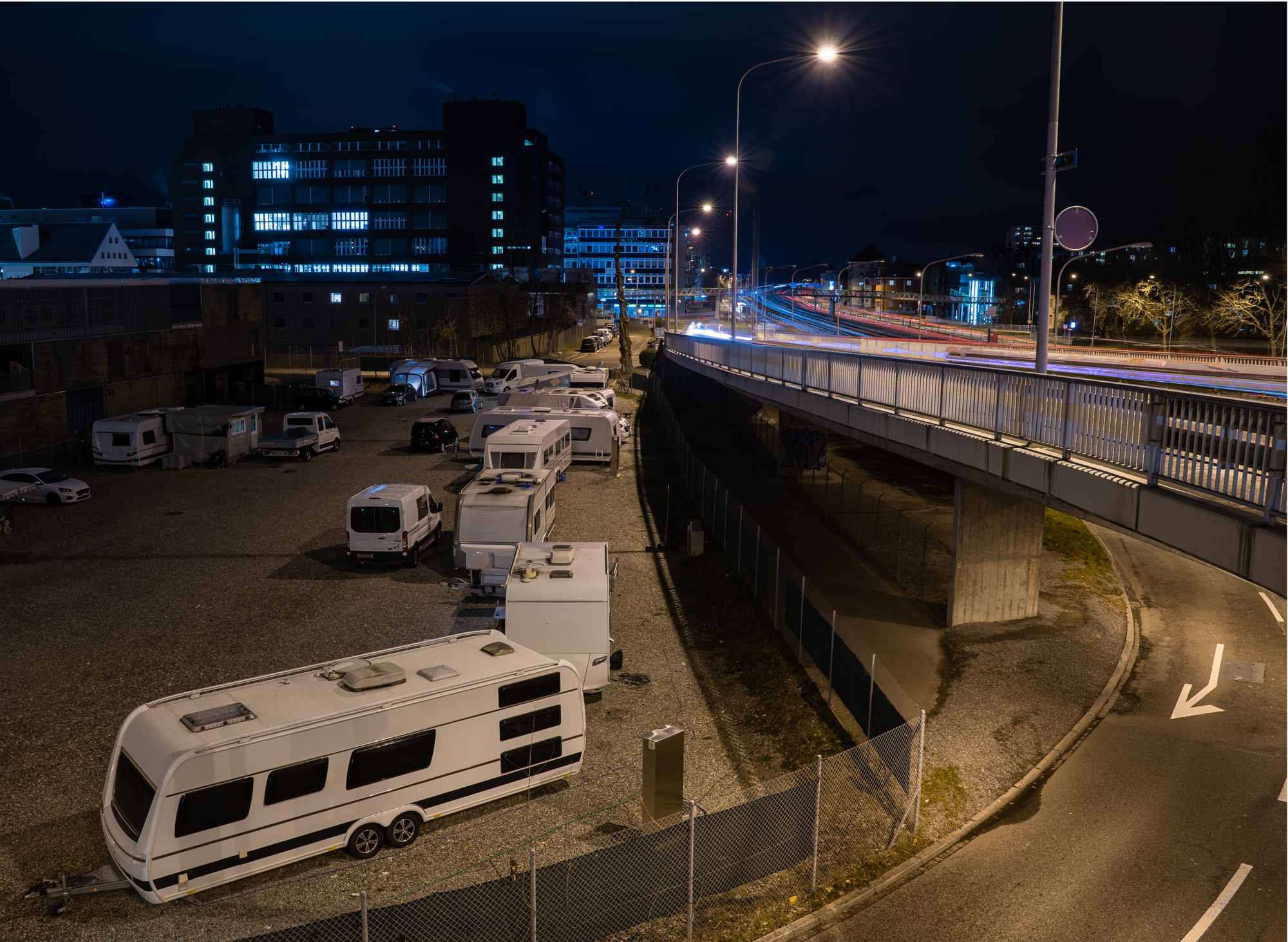
This Swiss city’s public transit system achieves remarkable precision through infrastructure design rather than digital technology. Physical track layouts at key junctions allow multiple trains to approach simultaneously from different directions, transferring passengers before departing again—all synchronized through analog systems.
The city’s water infrastructure includes over 1,200 decorative fountains providing free drinking water while celebrating engineering heritage. Underground, a pneumatic mail delivery system, still connects government buildings and major businesses, and has been operating continuously since the 1930s.
Valencia, Spain

After devastating floods, this Mediterranean city diverted the Turia River around its perimeter and transformed the former riverbed into a 5-mile linear park connecting diverse neighborhoods. The sunken design incorporates sports facilities, botanical gardens, and cultural venues within the old river channel, while preserving historic bridges as pedestrian crossings.
At one end stands the City of Arts and Sciences complex, where futuristic structures designed by Santiago Calatrava house educational facilities while doubling as massive stormwater management infrastructure.
Like Travel Pug’s content? Follow us on MSN.
Almere, Netherlands
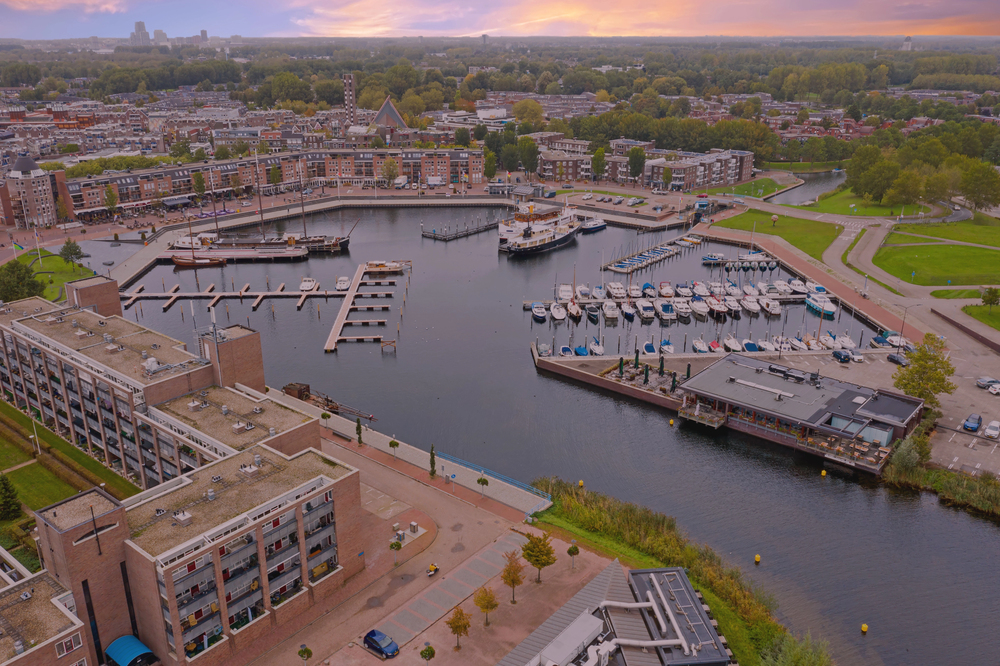
This planned city, built entirely on land reclaimed from the sea, incorporates water-sensitive design throughout its urban fabric. Neighborhoods feature concentric canal rings that simultaneously provide flood protection, recreation, and habitat. The city’s waste separation system achieves 65% recycling rates through color-coded collection points and underground storage that minimizes collection frequency.
The most innovative is the bus rapid transit system, which was designed to convert to light rail as population density increases, demonstrating infrastructure that evolves with the city.
Chicago
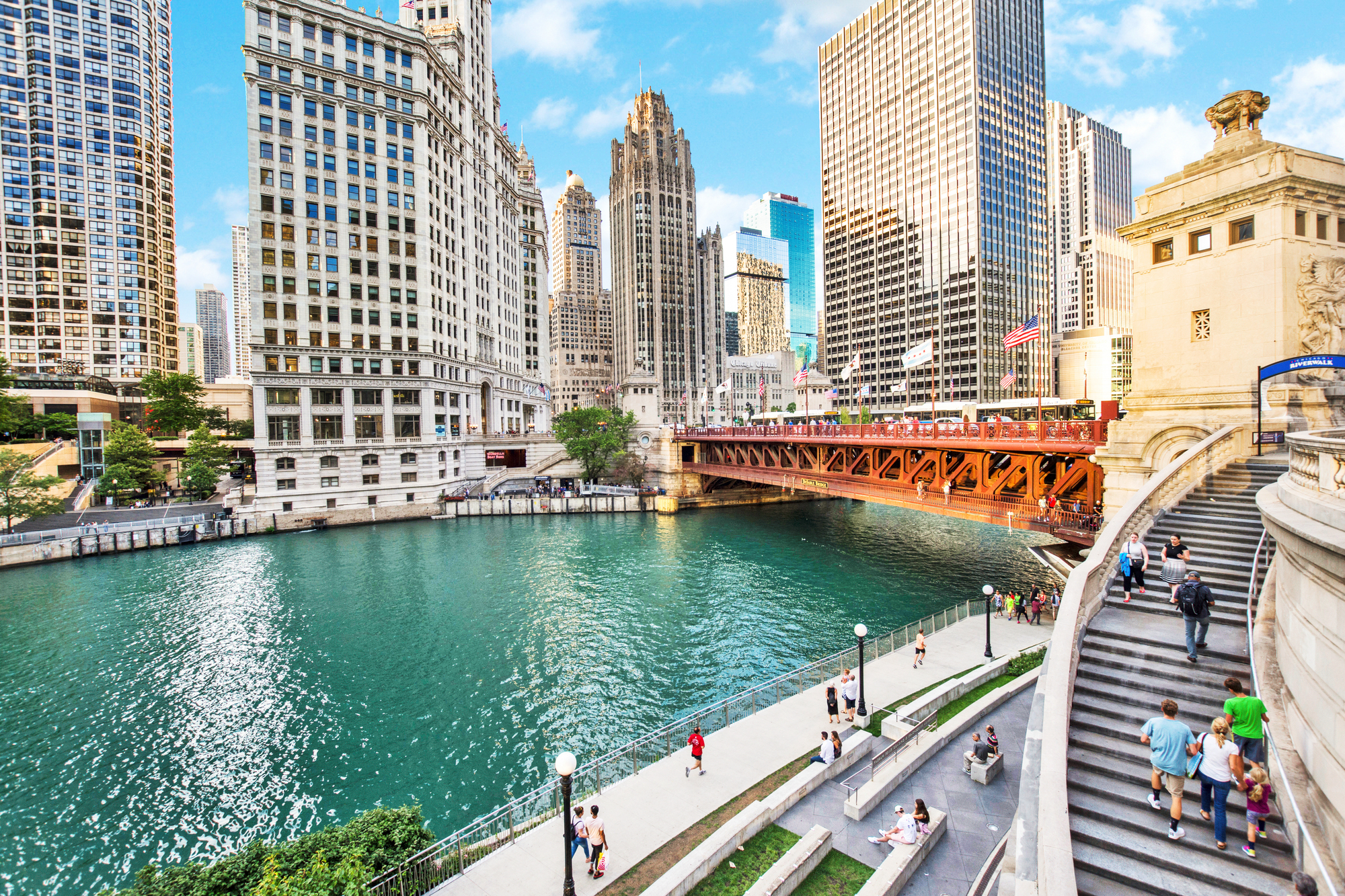
The engineering feat of reversing the Chicago River’s flow in 1900 to prevent sewage from contaminating Lake Michigan remains one of history’s most ambitious infrastructure projects. The modern city continues this tradition with its Deep Tunnel Project, a massive system of reservoirs and tunnels 300 feet underground designed to capture stormwater and prevent flooding.
On the surface, the city transformed a derelict rail line into the elevated 606 trail. It reclaimed industrial waterfront as the award-winning Riverwalk, demonstrating how infrastructure adaptation can create signature public spaces.
Wellington, New Zealand
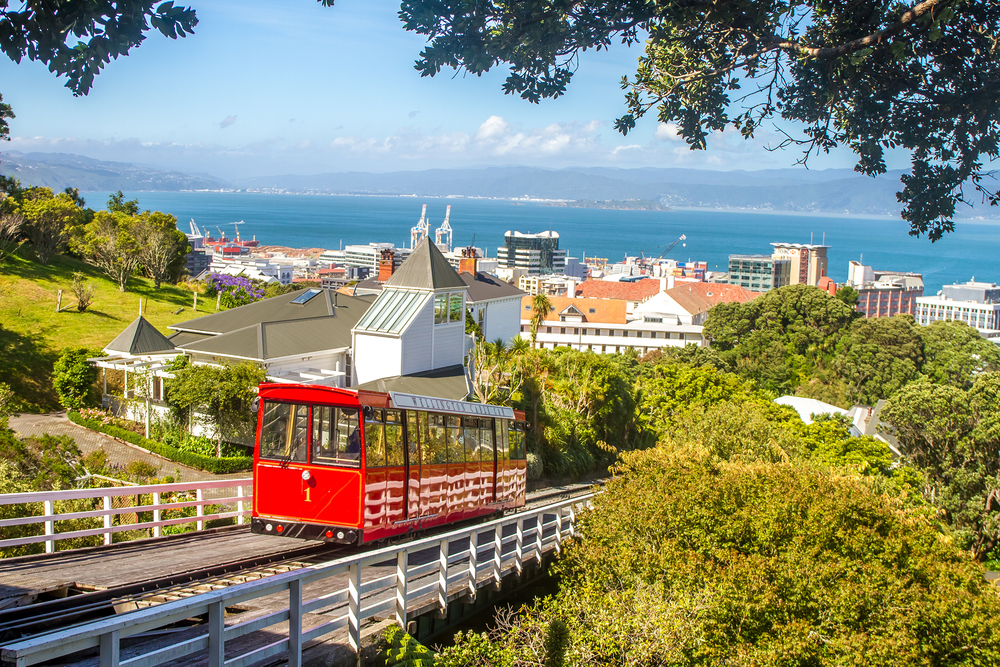
This earthquake-prone capital developed innovative seismic infrastructure solutions that are now emulated worldwide. The parliamentary complex features massive base isolators allowing buildings to move independently from the ground during earthquakes.
The city’s water supply runs through flexible pipes designed to bend rather than break during seismic events, while strategic placement of emergency water stations throughout neighborhoods ensures resilience after disasters. Even pedestrian infrastructure incorporates earthquake considerations, with footbridges designed to remain serviceable after major shaking.
Like Travel Pug’s content? Follow us on MSN.
The Engineered Environment

These cities demonstrate how thoughtfully designed infrastructure transcends mere utility to become defining urban characteristics. Whether adapting to environmental challenges, maximizing limited space, or transforming how residents move through urban areas, exceptional infrastructure profoundly shapes daily life.
As climate change and population growth increase pressure on urban systems worldwide, these pioneering examples offer valuable lessons in creating functional infrastructure that serves multiple purposes while enhancing rather than detracting from the cityscape.
More from Travel Pug

- Cities Growing so Fast You Won’t Recognize Them in 10 Years
- 13 Destinations Where Tourists Regularly Regret Their Trip
- 16 U.S. Cities That Are Quietly Becoming Travel Hotspots
- Where to Travel If You Love Long Bus Rides and Daydreams
- 20 Cities Perfect for Solo Travelers Who Crave Adventure & Culture
Like Travel Pug’s content? Follow us on MSN.
